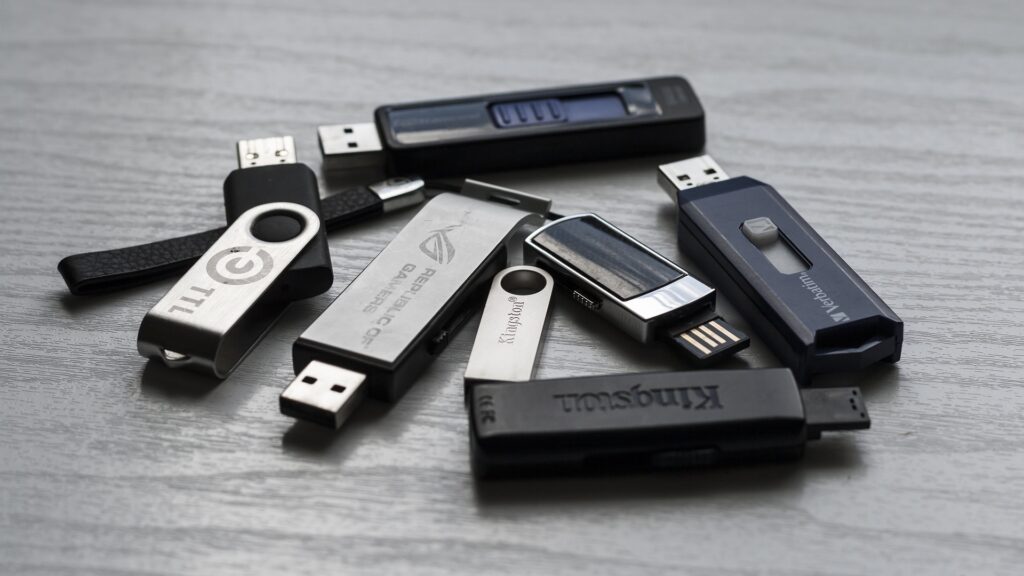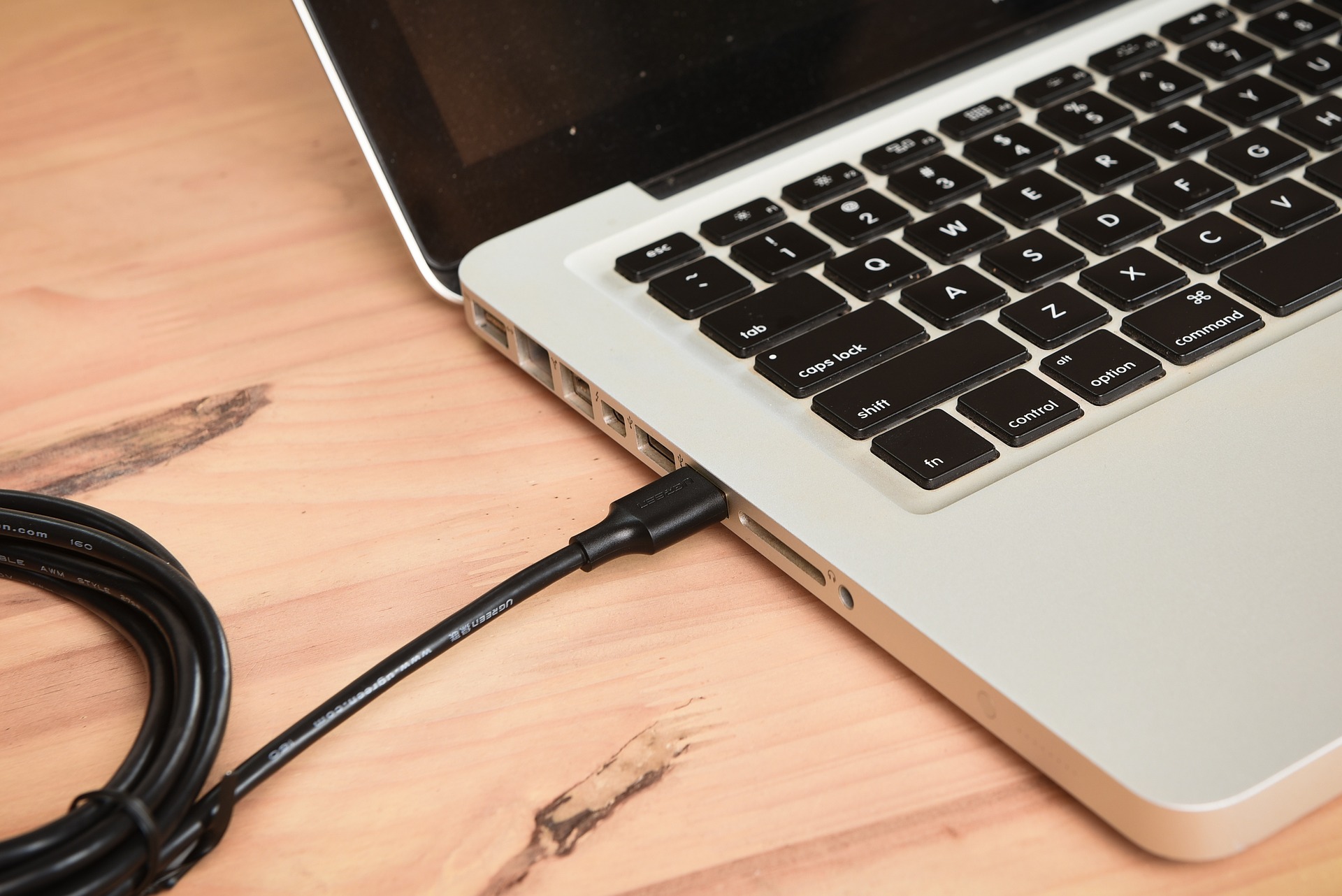When it comes to choosing a docking station for your laptop, there are a few things you need to take into consideration. Do you want a Thunderbolt 3 or USB-C docking station? What kind of ports do you need? And how much are you willing to spend? In this blog post, we’ll help you answer these questions so that you can choose the best docking station for your needs.
What is a docking station
A docking station is a device that allows you to connect your laptop to additional peripherals, including an external monitor, keyboard, and mouse. Docking stations are also sometimes known as port replicators or expansion bases. When choosing a docking station, there are several factors you’ll want to consider, including:
– The number of ports: Docking stations can come with anywhere from 2 to 10+ ports. More ports means more flexibility in how you can connect your devices.
– Support for dual monitors: If you plan on using an external monitor with your laptop, make sure the docking station you choose supports dual monitors. Otherwise, you’ll be limited to using your laptop’s built-in display.
– Video output options: The most common video output options are HDMI and DisplayPort. Make sure the docking station you choose has the right type of ports for your needs.
– Port replication vs. graphics expansion: Most docking stations will replicate the ports that are already on your laptop. However, some higher-end models will come with additional graphics cards that can be used to improve performance when using external monitors or other demanding applications.
The benefits of using a docking station

A laptop docking station is a physical connector that allows a laptop computer to connect to and use additional external peripherals. Docking stations are also known as port replicators or dock adapters. They provide a means of connecting a laptop to multiple devices, including monitors, keyboards, mice, printers, and scanners, in a single location.
Docking stations can greatly increase the flexibility and expand the capabilities of laptop computers. They provide an efficient way to connect to multiple devices without having to plug and unplug each individual device each time it is needed. Docking stations also save wear and tear on connectors and ports by consolidating multiple connections into one. There are several factors that should be considered when choosing a docking station:
-Compatibility: Make sure the docking station is compatible with your laptop computer. Check the manufacturer’s website for information on compatible models.
-Connection type: Most docking stations connect to laptops through a USB port. Some also support Thunderbolt 3 or other proprietary connection types.
-Ports: Make sure the docking station has the right mix of ports for your needs. Common ports include HDMI, DisplayPort, Ethernet, USB 3.0/3.1/3.2, and audio in/out.
-Charging: Some docking stations include dedicated charging ports that can charge your laptop or other devices while they are connected. This can be convenient if you often find yourself running low on battery power during the day.
-Size: If you plan on transporting your dock with you, make sure it is small enough to fit in your bag or luggage.
-Price: Docking stations range in price from around $60 to $250 or more. Choose the one that fits your budget while still providing the features you need
The different types of docking stations available
Docking stations come in a variety of shapes, sizes and with different features. When choosing a docking station for your laptop, there are several factors you need to consider.
- Speed: The speed of the docking station is important, especially if you plan on using it for gaming or other graphics-intensive activities. Make sure to check the transfer speeds of the docking station before making your purchase.
- Ports: Docking stations come with a variety of different ports, so it’s important to make sure that the station has the right ports for your needs. Do you need HDMI, DisplayPort, DVI or VGA? How many USB ports do you need? Do you need Ethernet? Make sure to check what ports are available on the docking station before making your purchase.
- Compatibility: Not all docking stations are compatible with all laptops. Make sure to check the compatibility of the docking station with your laptop before making your purchase.
Thunderbolt vs usb docking station
When looking for a new docking station, there are many different factors you need to consider. One of the most important decisions you’ll need to make is whether you want a Thunderbolt or USB docking station. Thunderbolt docking stations are the newest type on the market and offer some advantages over their USB counterparts. They’re generally more expensive, but they offer much faster data transfer speeds and allow you to connect multiple displays to your laptop.
USB docking stations are more affordable and still offer very fast data transfer speeds. They’re not as fast as Thunderbolt docking stations, but they’re much more affordable. They also allow you to connect multiple displays, but you won’t be able to take advantage of the full 4K resolution that Thunderbolt docking stations offer. Another factor you need to consider is compatibility. Thunderbolt docking stations are only compatible with laptops that have a Thunderbolt 3 port. USB docking stations, on the other hand, are compatible with any laptop that has a USB port.
Finally, you need to decide how many ports you need. Docking stations come with anywhere from 2 to 15 ports, so it’s important to choose one that has enough ports for all of your devices.
Factors to consider when choosing a docking station
There are many factors to consider when choosing a docking station for your laptop or other device. Here are some of the most important factors to keep in mind:
1. Device compatibility – Make sure that the docking station is compatible with your device. Some docking stations are only compatible with certain types or brands of devices.
2. Port options – Consider the number and types of ports that the docking station offers. You’ll want to make sure that it has enough ports to support all of your devices and peripherals.
3. Power options – Make sure that the docking station has enough power to charge your devices. Some docking stations have additional power outlets for charging devices, while others rely on the power of the connected device itself.
4. Ease of use – Choose a docking station that is easy to use and set up. Some docking stations require specific drivers or software, while others are plug-and-play.
The top Thunderbolt and USB docking stations on the market
As laptops get thinner and lighter, they’re also losing some of the ports that used to be standard. That’s why a good docking station is essential for anyone who needs to connect their laptop to a variety of different devices. There are two main types of docking stations: Thunderbolt docks and USB docks. Thunderbolt docks are the faster of the two, but they only work with laptops that have a Thunderbolt 3 port. USB docks, on the other hand, work with any laptop that has a USB port.
When choosing a dock, you’ll also need to decide what kind of connections you need. The most common are HDMI, Ethernet, and SD card readers, but there are many other options available as well. Once you’ve decided on the type of dock you need and the connections you want, it’s time to start shopping around. To help you find the best dock for your needs, we’ve rounded up some of the top Thunderbolt and USB docking stations on the market.
How to set up and use your docking station
A docking station is a hardware device that provides a simplified way to connect and disconnect your laptop from a single external monitor, multiple external monitors, keyboard, mouse, printer, network, and other devices with only a few clicks or without having to remove any cables. Some newer laptops have what’s called Thunderbolt 3 or USB Type-C ports which means that you can get a docking station that also provides power to your laptop.
This is really convenient if you want to use your laptop as a desktop computer because you can just leave it plugged in all the time and it will charge whenever it’s not in use. Not all docking stations are created equal though and there are a few factors you should consider before making your purchase:
-The number of external monitors you want to connect. Most docking stations will support two monitors but there are some that will support three or even four.
-The resolution of your monitors. If you have 4K monitors, you’ll need to make sure the docking station supports that resolution.
-The type of ports on your laptop. If you have Thunderbolt 3 or USB Type-C ports, you’ll want to get a docking station that has those same ports. That way you can plug it in and use it without having to worry about adapters.
-Ethernet port. If you want to be able to connect to the internet via an Ethernet cable, make sure the docking station has an Ethernet port.
-Kensington lock slot. This is a security feature that allows you to lock down the docking station so it can’t be easily stolen.
Troubleshooting and FAQs about docking stations
If you are having trouble with your docking station, there are a few things you can try before contacting customer support. Check to make sure that the dock is securely plugged into the AC adapter and that the AC adapter is plugged into an active outlet. If the dock is still not powered, try resetting the dock by unplugging it from the power source and then plugging it back in.
Next, check to see if your computer is compatible with the dock. Docking stations are typically only compatible with specific types of computers, so it’s important to check that your computer is on the list of compatible devices before purchasing a dock. If you’re not sure which type of dock you need, you can consult the documentation that came with your computer or contact the manufacturer.
Once you’ve confirmed that your computer is compatible with the dock and that the dock is properly plugged in and receiving power, you can move on to troubleshooting any connection issues you may be experiencing. Be sure to check that all of the cables between the dock and your computer are securely connected at both ends. If you still can’t establish a connection, try restarting both your computer and the dock.
If you’ve followed all of these steps and you’re still having trouble connecting to your docking station, contact customer support for assistance.
